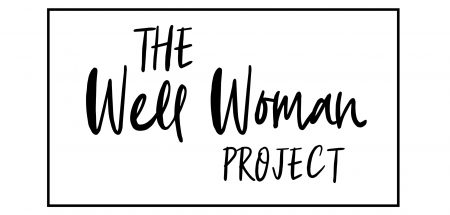Phyto-Oestrogens plant based oestrogen that can affect our health.
I have talked a lot about the xeno-oestrogens – the ‘foreign’ oestrogens we get from beauty products, plastics and non-organic foods. In this blog I wanted to look a bit more in-depth at the phyto-oestrogens – the plant-based oestrogens that are found in various types of foods.
Phyto-oestrogens are a generally weaker form of oestrogen when compared to both the natural oestrogen we produce and xeno-oestrogens; however, they can still have an affect on our bodies, both positive and negative. It is important to understand these impacts, especially in the context of managing oestrogen dominance.
We tend to think of oestrogen being a key player in reproductive health for both men and women. However it also plays a part in the cardiovascular, musculoskeletal, immune, and central nervous systems.
On the positive side, phyto-oestrogens can help to enhance heart health, reduce certain types of hormonal cancers, improve Menopause health and boosts libido. Phyto-oestrogens can in particular be beneficial to woman who do not have oestrogen dominance and are experiencing lowered levels due to menopause or a hysterectomy.
However, on the negative side, an increased level of phyto-oestrogens can create problems with fertility, cause hormonal imbalances, stimulate breast cancer growth and lead to an increased risk of cognitive decline and dementia.
So, what types of foods do we find phyto-oestrogens in?
There are three main groups…
- Coumestans, which include alfalfa, legumes, pinto beans, soybeans, chickpeas, and clovers. This is highest in alfalfa and clover.
- Isoflavones, part of the legume family including soybeans and soy products. These are sometimes considered antioxidant and a probiotic in a fermented form.
- Lignans, most commonly found in foods like flax seeds, brans, beans fruits, and vegetables. Flax seed disrupt the enzymes that produce oestrogen so can be helpful in oestrogen dominance but they are also very high in lignans, so being mindful of the amount eaten.
The affects of isoflavines (such as from soy) are cumulative in the body over time. Oestrogen travels through the blood stream and builds on the oestrogen receptors (proteins found inside and on cells that are activated by oestrogen either from our body or from outside influence), especially on the more sensitive receptor sites around the breasts, uterus and thyroid. Over time this builds an imbalance in our hormone distribution and can trigger hypothyroidism.
Not all phyto-oestrogens are equal… when considering the benefits and disadvantages of phyto-oestrogens, it is important to take the quality of our food into consideration. For example, the quality of soy products used in food can have a big impact – particularly those contained in genetically modified foods. In the USA in 1997 8% of soy products were genetically modified in 2010 it was 93%.
Japan for example is one of the healthiest places on earth and it consumes a lot of soy – it’s a staple part of their diet. However, the soy they use isn’t genetically modified.
So, what does this all mean for you?
Depending on the severity of your oestrogen dominance symptoms, will determine how much of this food you will allow into your diet. For me personally I avoid as much as I can, but that is because I have four symptoms from the severe end of oestrogen dominance. For the women I work with it needs to be viewed on case-by-case basis, as everyone is different.
I would certainly encourage everyone to have a good look at their diet and lifestyle and make the changes where possible. It isn’t a coincidence that we are seeing a rise in fertility issues, dis-eases like endometriosis, polycystic ovary syndrome and hormonal cancers. Our lifestyles and diets have changed dramatically over the last century.
This information is necessary reading and can help everyone to start understanding the effect their diet is having on them. It’s within our power to help ourselves to stop our bodies becoming disrupted and showing us she is with a myriad of problems.
So do I eat high amounts of phyto-oestrogens? No. Is it for everyone? Probably not – but if a woman presents with oestrogen dominance at my clinic I would suggest to cut out prominent phyto-oestrogens – soy being the main one. Educating yourself, chart your cycle, follow your highs and lows in the month. Become an expert in your period, and explore any of these things that may resonate with you.
Getting a blood test can be a helpful place to start to find out about your hormone levels. But I will say that your body is the best place for communication on your health, all we need to do is listen.
If you would like to read some more about phyto-oestrogens, there is a great study by Zava, Dollbaum and Blen (1998) that looks at the amount of oestrogen and progesterone in foods, herbs, and spices, before and after human consumption:
‘Estrogen and progestin bioactivity of foods, herbs, and spices’








